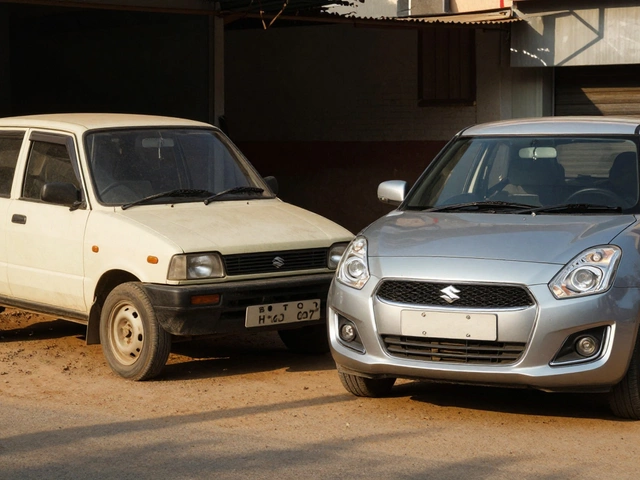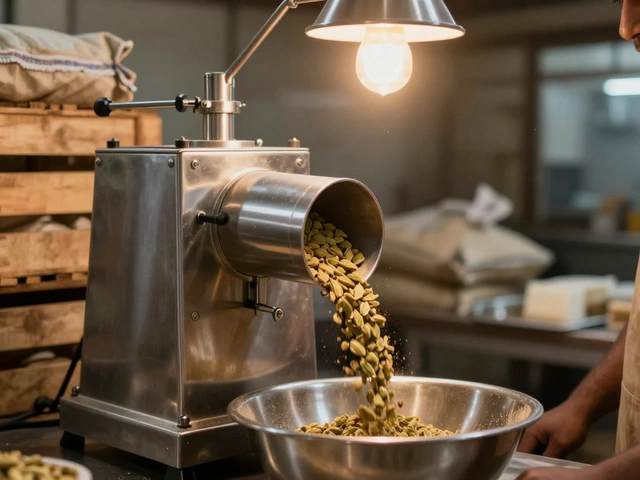Industry Facts: Quick Insights for Manufacturers and Entrepreneurs
Looking for straight‑forward facts that actually help you run or start a business? You’re in the right spot. This page rolls up the most useful stats, trends, and realities from Indian manufacturing, pharma, textiles, and more. No fluff, just the kind of info you can apply today.
Top Manufacturing Numbers in 2025
India’s factory floor is buzzing with activity. In 2025 the country is projected to add over 2 million hectares of industrial space, and the 5 M’s—Man, Machine, Material, Method, Measurement—still drive every line. The small‑scale sector now makes up roughly 30 % of total output, while large integrated plants account for the remaining 70 %. Electric‑powered machines have cut average cycle time by 15 % compared to 2020, thanks to newer CNC rigs and IoT monitoring. If you’re thinking about capacity, remember that the average plant in Gujarat can churn out 1.2 million units per year, while a similar setup in the North East hits closer to 800 k due to logistics gaps.
These numbers matter because they show where margin opportunities hide. For example, a mid‑size textile unit that upgrades its loom to a semi‑automatic model can boost yield by 12 % without adding workers. Same story in pharma: Baddi’s manufacturing capacity grew 18 % last year, making it the top hub for bulk drug production, while Hyderabad leads in API R&D, pulling in 25 % of the nation’s clinical trials. Knowing which hub excels at what lets you place your supply chain where it counts.
Must‑Know Facts for New Business Owners
If you’re starting a small‑scale operation, the first thing to check is the licensing timeline. On average it takes 45 days to clear the factory licence in Maharashtra, but only 30 days in Tamil Nadu where the government runs a fast‑track system. Budget‑wise, the real startup cost sits around ₹12 lakh for a modest production line—half of that goes to machinery, the rest to compliance and initial raw material stock.
Another practical tip: the “low‑competition” sectors listed for 2025 include sustainable packaging, agro‑processing, and niche electronics repair. These fields show profit margins above 20 % because they’re still in the early adoption phase. Pair this with the fact that the biggest manufacturing mistake is over‑investing in land before confirming market demand—most failures cite under‑utilized space as the culprit.
Finally, keep an eye on the banned chemicals list. As of 2025, 12 new compounds are restricted, affecting textile dyes and certain adhesives. Ignoring this can land you in fines that wipe out a month’s profit. A quick compliance check during the design stage saves time and money later.
All these facts point to one simple truth: success in Indian industry hinges on knowing the right numbers and acting on them fast. Bookmark this page, come back when you need a quick stat, and use the insights to make smarter choices for your business.
What Is Considered a Small Scale Industry?
Small scale industries are vital components of local economies, providing employment opportunities and driving innovation. They typically involve limited investment and handle small production quantities. This article explores what constitutes a small scale industry, how they operate, and the benefits they bring to communities. It's a helpful guide for anyone interested in starting or understanding these types of businesses.
Read More




